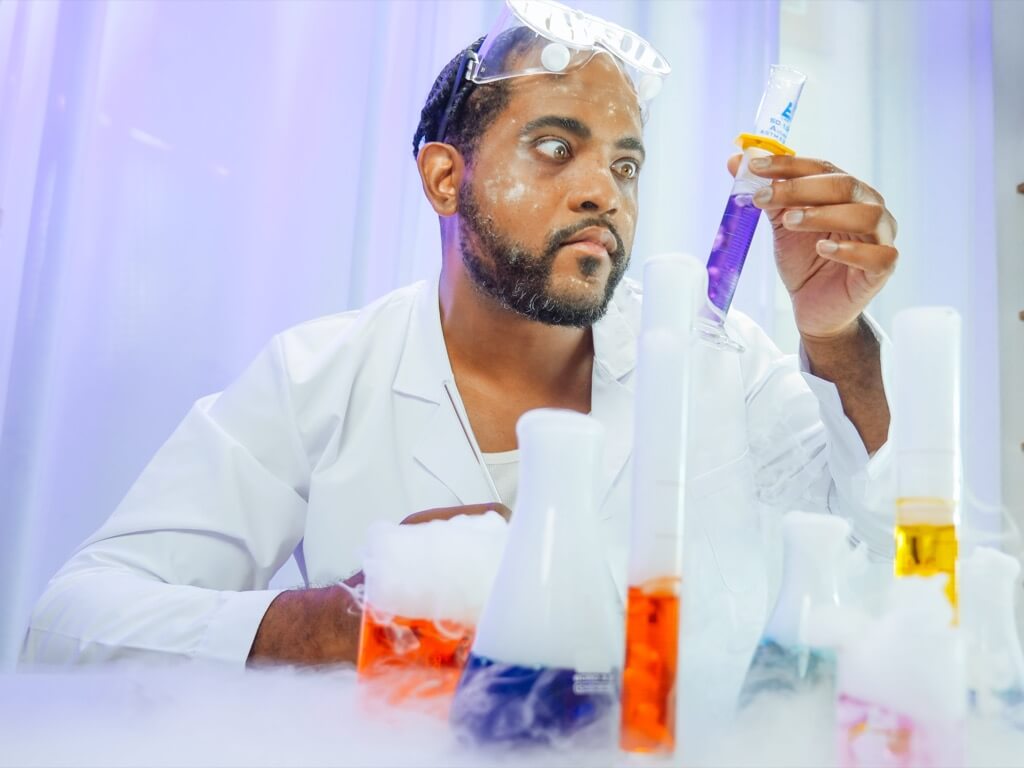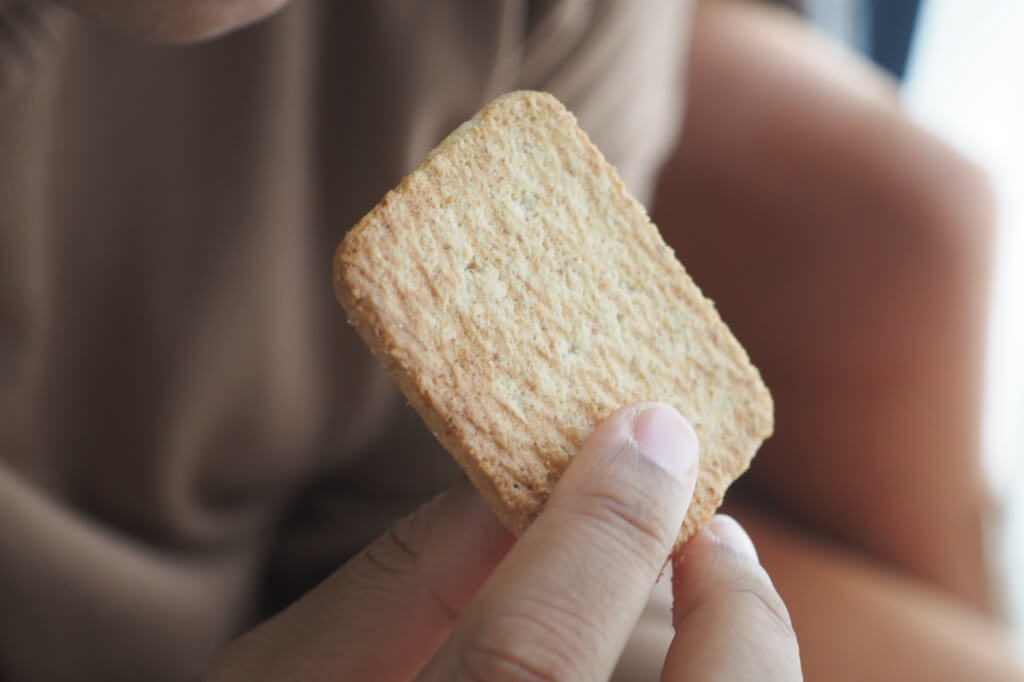History is filled with tales of serendipity, where groundbreaking inventions emerged from the most unexpected of circumstances. The path to discovery has often been marked by fortunate accidents, chance encounters, and unanticipated revelations. Join us on a journey through time as we delve into ten remarkable creations that reshaped our world, from antibiotics to artificial sweeteners, all born from the fortuitous hands of fate.
Super Glue
In the realm of accidental inventions, Super Glue stands out as a prime example, not once but twice stumbling into existence. This adhesive, officially known as cyanoacrylate, was first encountered in 1942 by Dr. Harry Coover. At the time, Dr. Coover’s objective was far from creating a sticky substance; he was on a mission to develop clear plastic gun sights for Allied soldiers in World War II. Despite one of his formulations demonstrating remarkable adhesive qualities, it was deemed unsuitable for the intended use due to its excessive stickiness, leading Coover to set it aside.
Fast forward to 1951, and Dr. Coover found himself at Eastman Kodak, overseeing a project aimed at developing a heat-resistant acrylate polymer for jet canopies. It was here that Fred Joyner, a member of Coover’s team, applied the previously shelved cyanoacrylate between two refractometer prisms, only to discover their immediate and robust bond. Recognizing the commercial potential, Dr. Coover shifted focus, envisioning a product that could bond a variety of materials quickly with just a trace of water to activate the adhesive—a ubiquitous component in most materials.
Launched in 1958 under the moniker “Eastman #910,” the product was later rebranded to the now-familiar “Super Glue.” Its journey from an inadvertent discovery to a household name is a testament to the unpredictable path of innovation. By the 1970s, Super Glue had cemented its place in the market, with major players like Eastman Kodak, Loctite, and Permabond dominating sales, showcasing the adhesive’s enduring legacy.
The Popsicle
The Popsicle, a staple of summer refreshment, owes its existence to an 11-year-old boy’s forgetfulness. In 1905, Frank Epperson of San Francisco left a mixture of powdered soda water outdoors on a chilly night, only to discover it was frozen solid around the stir stick the next morning. This serendipitous event lingered in Epperson’s mind until 1922 when he unveiled his creation at a Fireman’s ball, receiving an enthusiastic reception.
Capitalizing on its success, Epperson introduced his “Popsicle Ice Pop” to the public in 1923 at Neptune Beach, an amusement park in Alameda, California. Its popularity soared, leading him to patent the “frozen confectionery” the following year, eventually adopting the more catchy name “Popsicle.” Epperson’s invention is a quintessential example of how a simple accident can evolve into a cultural icon, blending creativity and opportunity.
The Slinky
The Slinky, a toy synonymous with childhood whimsy, was originally conceived as a tension spring for naval battleship horsepower meters. In 1943, Richard James, a marine engineer, witnessed a spring fall from his desk and proceeded to “walk” across various objects before resettling. This unexpected behavior sparked an idea that transcended its utilitarian origins.
Convinced of its potential as a toy, James, with support from his wife Betty, embarked on transforming this vision into reality. The name “Slinky,” chosen by Betty for its connotation of grace and agility, perfectly captured the essence of the toy. Despite initial sales hurdles, a live demonstration by Richard James in a Philadelphia store ignited a frenzy, selling out the initial stock of 400 Slinkies in just 90 minutes.
Penicillin
In the year 1928, a London laboratory bore witness to an accidental revelation that would change the course of medicine forever. Dr. Alexander Fleming, while exploring the world of bacteria, stumbled upon a Petri dish contaminated by a greenish mold. Encircling the mold was a peculiar halo, indicating inhibited bacterial growth. Fleming’s curiosity led him to identify the mold as belonging to the Penicillium genus, thus birthing the era of penicillin, one of the most influential antibiotics in history.
Corn Flakes
In the pursuit of dietary knowledge and moral ideals, Dr. John Harvey Kellogg and Will Keith Kellogg found themselves at Michigan’s Battle Creek Sanitarium. Their experiments in proper nutrition took an unexpected turn in 1894 when a batch of mashed wheat was left out for too long. The resulting dough, when rolled out, fractured into tiny flakes. Seeking the perfect crunch, they baked these flakes, unintentionally giving birth to corn flakes, a beloved breakfast staple.
Teflon
In 1938, a chemical laboratory at DuPont in New Jersey bore witness to a peculiar incident. Chemist Roy Plunkett, while attempting to create a new refrigerant, discovered that a seemingly empty canister of tetrafluoroethylene held a weight identical to a full one. Investigation revealed that the gas had reacted with the canister’s iron, forming a non-stick, waxy substance known as polytetrafluoroethylene or Teflon. Though its culinary potential was realized later, Teflon’s discovery revolutionized cooking.
Silly Putty
World War II brought about a rubber shortage in the United States, leading to the quest for a synthetic substitute. Chemist Earl L. Warrick and engineer James Wright independently stumbled upon a peculiar combination: boric acid and silicone oil. This mixture yielded a rubbery, stretchy substance capable of removing newspaper print from pages. Thus, Silly Putty was born, although the credit for its invention remains contested.
Post-It Notes
In 1968, Dr. Spencer Silver of 3M was striving to create an ultra-strong adhesive but ended up with the opposite – an exceptionally weak one. This adhesive, suitable only for temporary bonding, remained underutilized until 1973 when 3M employee Art Fry saw its potential. He used weak glue to attach bookmarks to his hymnbook, leading to the creation of Post-It Notes. These iconic sticky notes eventually made their debut in 1980.
Saccharin
In the late 1870s, Constantin Fahlberg, a chemical student at Johns Hopkins University, made a remarkable discovery during a mundane meal. He noticed that food tasted sweeter when it touched his fingertips. This unusual sweetness was traced back to a chemical he had been working with, ortho-sulfobenzoic acid imide, which he later rebranded as saccharin. This artificial sweetener gained popularity, especially during sugar shortages caused by wars.
Safety Glass
The accidental creation of safety glass, or laminated glass, occurred in the early 20th century. Édouard Bénédictus, a French scientist, inadvertently dropped a glass beaker from a high shelf in his laboratory. To his astonishment, the glass did not shatter but rather broke into large, safer pieces. It was later revealed that the beaker contained cellulose nitrate, which formed a protective coating on the glass. This discovery revolutionized automotive and architectural safety.
Smoke Detectors
In the 1930s, Swiss scientist Walter Jaeger embarked on a mission to develop a device capable of detecting deadly gases. However, his invention took an unexpected turn when his detector responded not to gas but to the smoke from his cigarette. This inadvertent revelation led to the development of smoke detectors, crucial lifesaving devices used worldwide.




